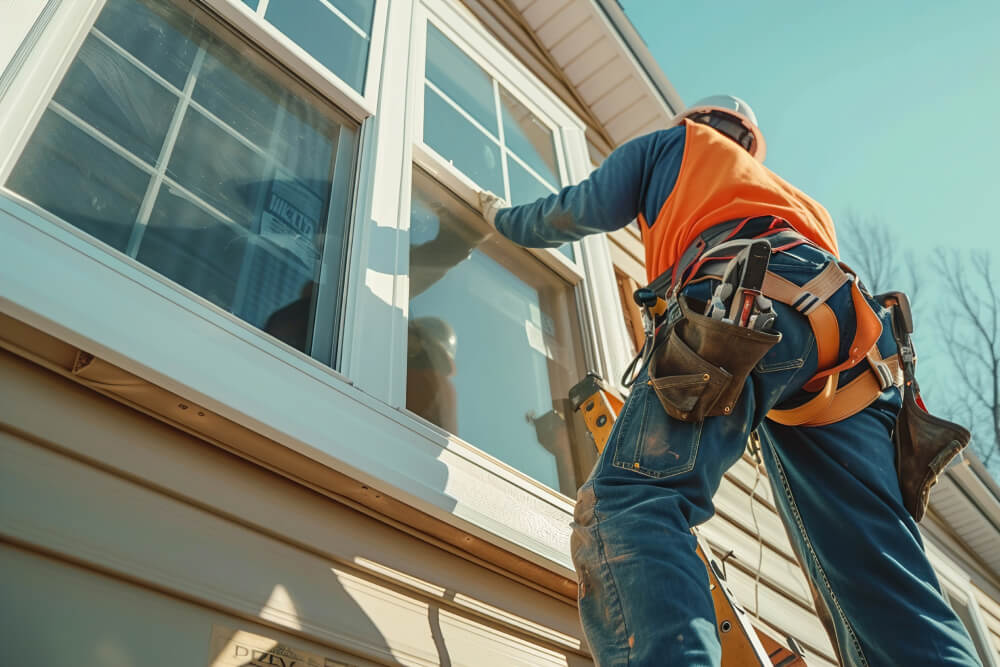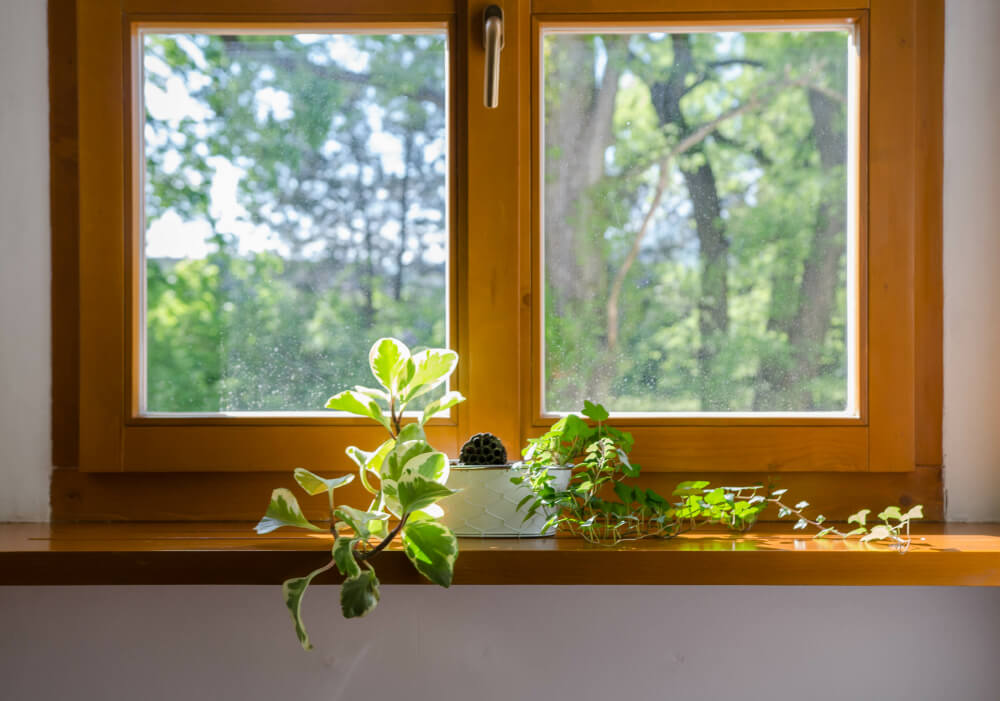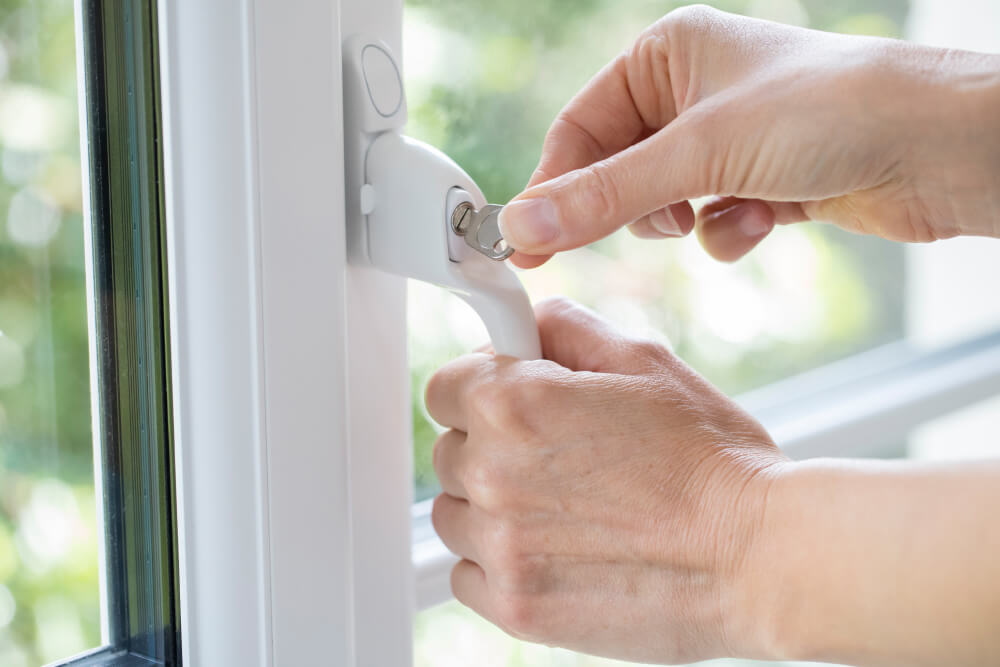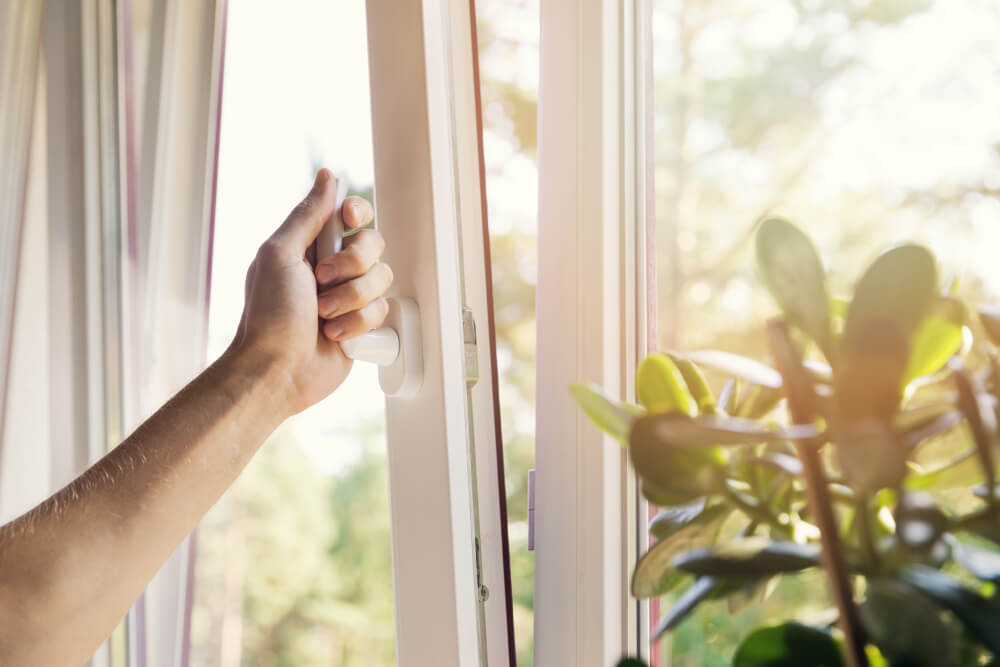DIY Window Installation
Pros:
1. Cost Savings:- Labor Costs: The most apparent advantage of DIY window installation is saving on labor costs. Professional installation can be expensive, and doing it yourself eliminates this expense.
- Budget Control: You have complete control over your budget, allowing you to allocate funds to higher-quality windows or additional home improvements.
- Sense of Accomplishment: Successfully installing windows yourself can provide a great sense of achievement and pride in your work.
- Learning Experience: DIY projects can be educational, helping you develop new skills and a better understanding of home maintenance.
- Your Own Pace: You can work on your schedule, allowing you to install windows at your own pace without being tied to a professional’s availability.
- No Rush: You can take your time to ensure each window is installed correctly, reducing the pressure to meet a professional’s timeline.
Cons:
1. Skill and Knowledge Requirements:- Technical Expertise: Window installation requires specific skills and knowledge. If you lack experience, you may struggle with precise measurements, proper sealing, and ensuring the window is level.
- Learning Curve: There is a steep learning curve, and mistakes can be costly. Incorrect installation can lead to air leaks, water infiltration, and reduced energy efficiency.
- Extended Project Duration: DIY window installation can be time-consuming, especially if you are unfamiliar with the process. What might take a professional a few hours could take you several days or more.
- Unforeseen Delays: Unexpected issues, such as structural damage or the need for additional tools, can further extend the project timeline.
- Costly Errors: Mistakes during installation can result in damaged windows, improper sealing, and increased energy costs. Correcting these errors can be expensive and time-consuming.
- Reduced Efficiency: Improperly installed windows may not perform as intended, reducing their energy efficiency and lifespan.
Join HICP Homeowner’s Alliance
Connect with experts, get special discounts and enjoy member benefits
Professional Window Installation
Pros:
1. Expertise and Experience:- Skilled Professionals: Professional installers have the skills and experience to install windows correctly and efficiently. They are trained to handle various window types and installation challenges.
- Quality Assurance: Professionals can ensure that windows are installed to manufacturer specifications, preserving warranties and guaranteeing performance.
- Quick Installation: Professional installers can complete the job much faster than a DIY approach. This is especially beneficial if you have multiple windows to replace.
- Minimized Disruption: Faster installation minimizes disruption to your daily routine and reduces the time your home is exposed to the elements.
- Installation Warranty: Many professional installers offer warranties on their work, providing peace of mind and protection against potential issues.
- Manufacturer Warranty: Proper installation by a certified professional is often required to maintain the manufacturer’s warranty on the windows.
- Full Service: Professionals handle all aspects of the installation, from removing old windows and preparing the opening to installing and sealing the new windows.
- Problem-Solving: Experienced installers can quickly address unexpected issues, such as structural damage or unique installation challenges.
Cons:
1. Higher Costs:- Labor Expenses: The most significant drawback of professional installation is the cost. Labor fees can add a substantial amount to the overall project budget.
- Potential Upselling: Some contractors may upsell additional services or products, increasing the project cost.
- Wait Times: Depending on the demand for window installers in your area, you may face wait times for scheduling the installation.
- Inconvenient Timing: You must coordinate with the installer’s schedule, which may not always align with your preferred timing.
Steps Involved in Window Installation
DIY Installation Steps:
1. Preparation:- Gather Tools and Materials: Ensure you have all necessary tools and materials, including the new windows, shims, insulation, caulk, and sealant.
- Measure and Order Windows: Accurately measure your window openings and order the correct size windows.
- Remove Trim and Stops: Carefully remove interior trim and stops to access the old window.
- Remove the Old Window: Pry the old window from the opening, being cautious not to damage the surrounding structure.
- Inspect and Repair: Check the window opening for any damage and make necessary repairs.
- Clean and Insulate: Clean the opening and apply insulation to ensure a proper seal.
- Position and Level: Place the new window into the opening, ensuring it is level and plumb.
- Secure and Seal: Secure the window in place with screws or nails, and apply caulk and sealant to create a weather-tight seal.
- Replace Trim and Stops: Reinstall the interior trim and stops to finish the installation.
- Clean Up: Clean the work area and remove any debris.
Professional Installation Steps:
1. Initial Consultation:- Assessment and Measurement: A professional will assess your existing windows, take precise measurements, and discuss your preferences and budget.
- Estimate and Order: You will receive an estimate, and the professional will order the necessary windows.
- Scheduling: Arrange a convenient time for the installation.
- Site Preparation: The installer will prepare the work area, protecting your home’s interior and exterior.
- Remove Old Windows: The professional will carefully remove the old windows without damaging the surrounding structure.
- Install New Windows: The new windows will be installed, ensuring they are level, plumb, and properly sealed.
- Quality Check: The installer will perform a quality check to ensure the windows operate correctly and meet performance standards.
- Cleanup: The installer will clean up the work area, removing any debris and old windows.
- Final Inspection: A final walkthrough will be conducted to demonstrate the operation of the new windows and address any questions or concerns.
Factors to Consider Before Making Your Decision
1. Budget:- DIY: Evaluate your budget and determine if the cost savings of DIY installation outweigh the potential risks and challenges.
- Professional: Consider if the additional expense of professional installation is feasible and worthwhile for the quality and peace of mind it provides.
- DIY: Honestly assess your skills and experience with home improvement projects. If you are confident in your abilities, DIY might be a viable option.
- Professional: If you lack the necessary skills or have complex window installations, hiring a professional is likely the better choice.
- DIY: Consider if you have the time to dedicate to a DIY project, including potential delays and unforeseen issues.
- Professional: Weigh the convenience of professional installation, which can save you time and minimize disruption.
- DIY: Understand that improper installation can compromise window performance and longevity.
- Professional: Recognize that professionals can ensure optimal performance, preserving warranties and enhancing energy efficiency.
- DIY: Check if the window manufacturer’s warranty is valid for DIY installations. Some warranties require professional installation.
- Professional: Professional installation often comes with both an installation warranty and maintains the manufacturer’s warranty.
Deciding between DIY and professional window installation depends on various factors, including your budget, skills, time availability, and the complexity of the project. While DIY installation offers cost savings and personal satisfaction, it requires technical expertise and can be time-consuming. On the other hand, professional installation ensures high-quality workmanship, quicker completion, and warranty protection, albeit at a higher cost.
By carefully considering these factors and understanding the steps involved in each approach, homeowners can make an informed decision that best suits their needs and ensures the successful installation of new windows. Whether you choose to tackle the project yourself or hire a professional, new windows can greatly enhance your home’s energy efficiency, comfort, and overall value.








